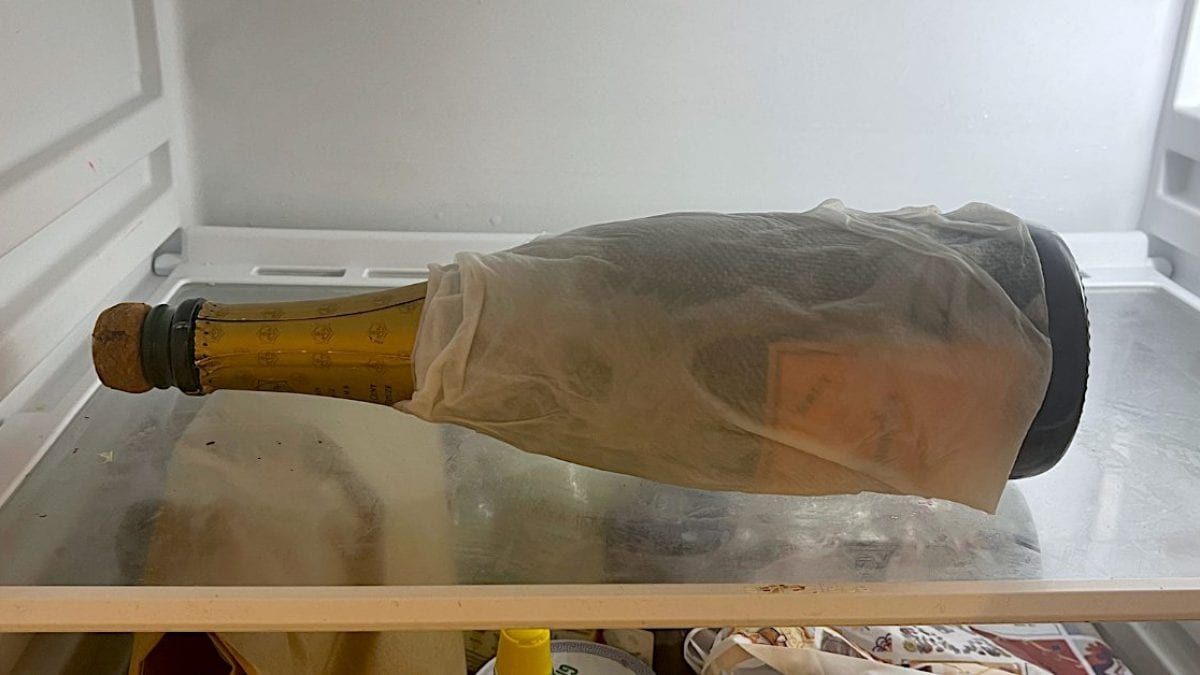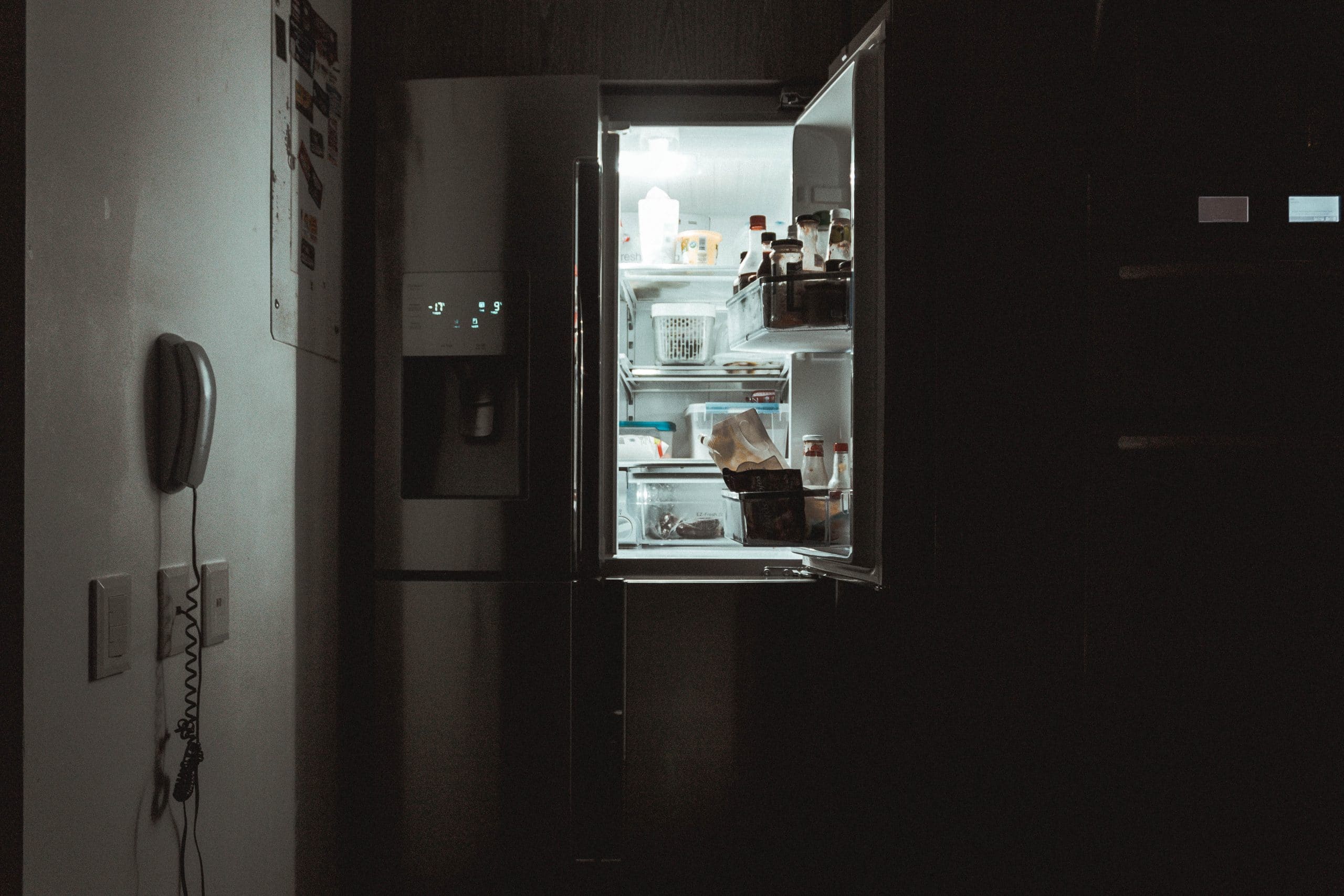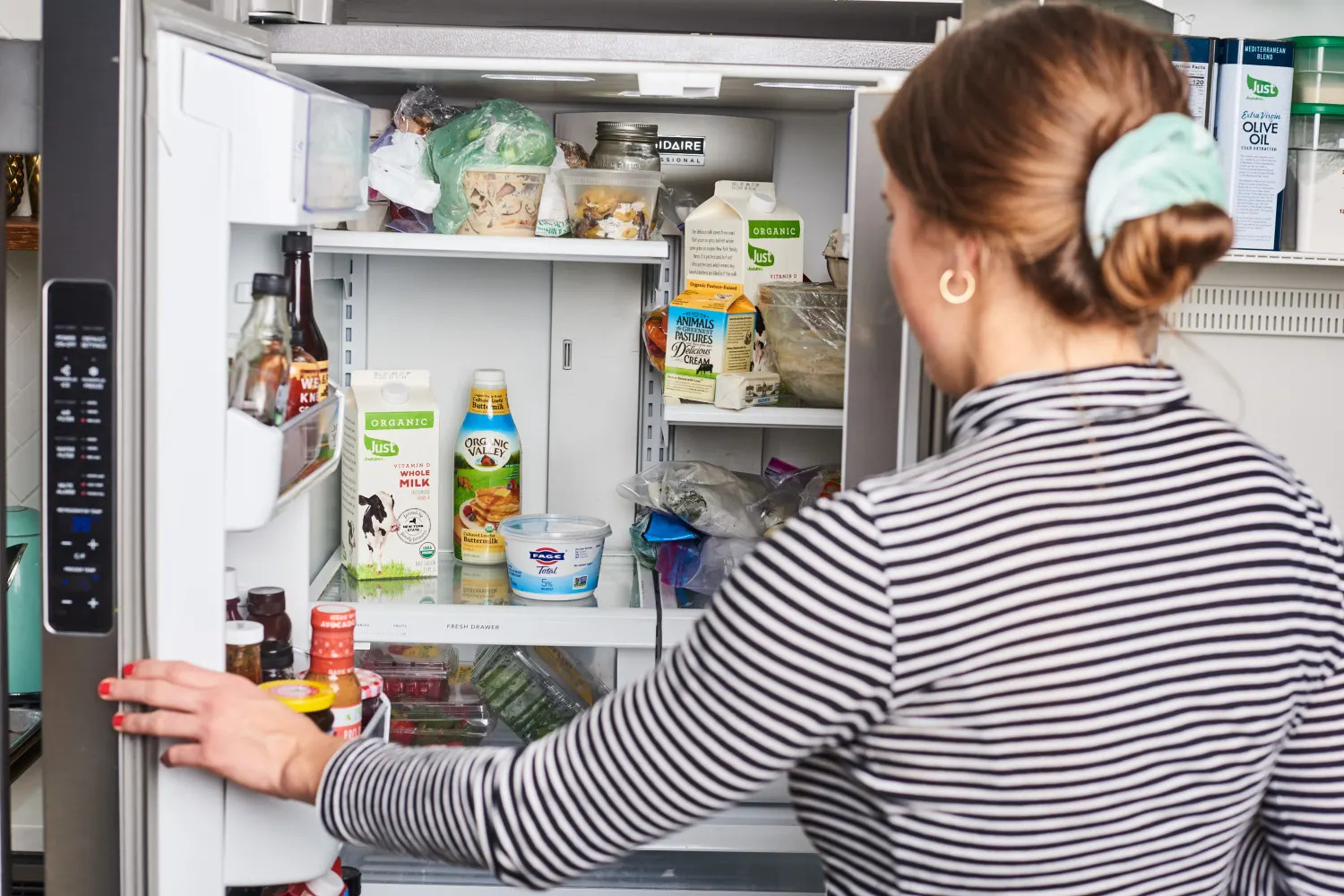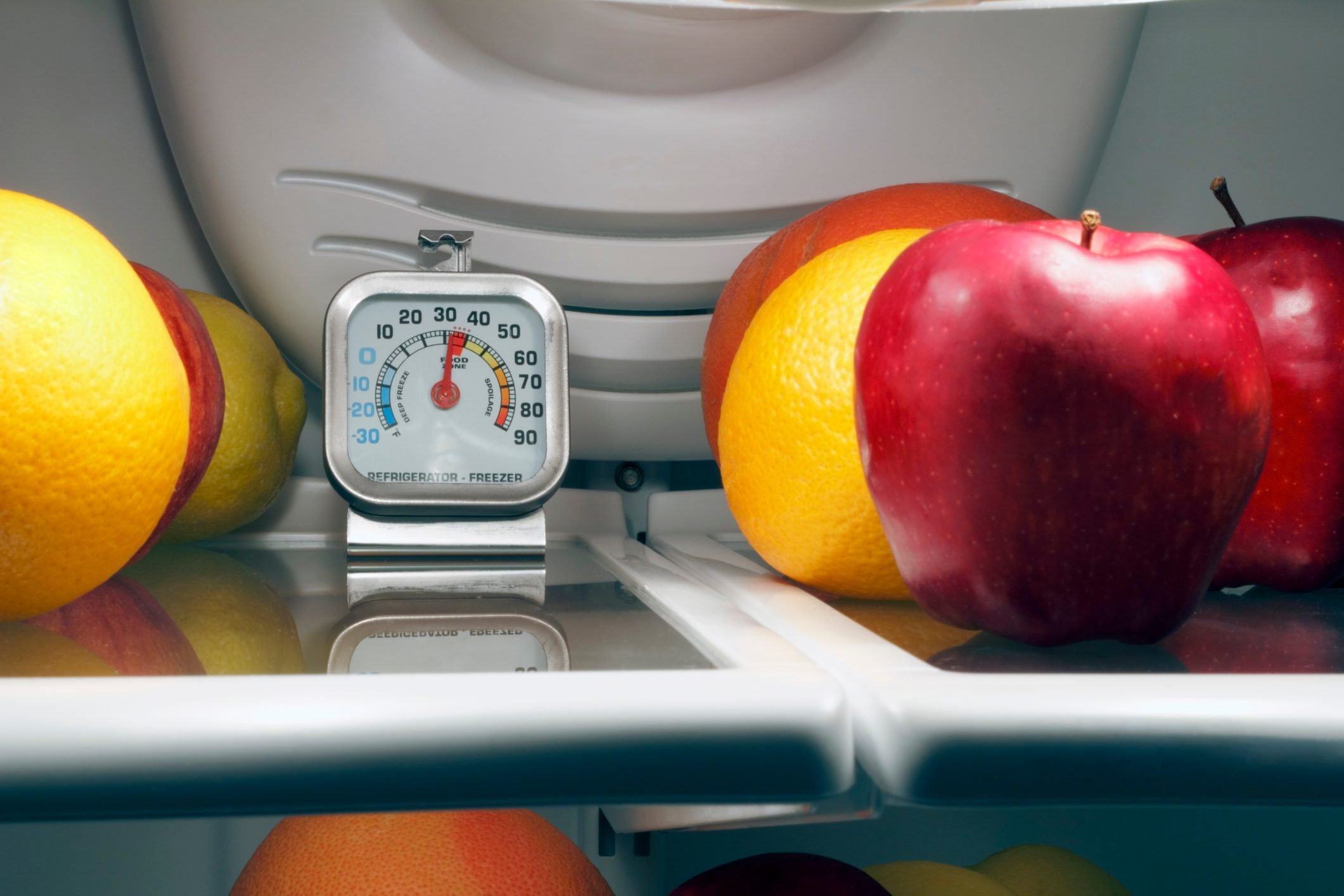Home> Optimal Refrigerator Temperature
Optimal Refrigerator Temperature: Unlock the Secret for Freshness
Discover the science behind the optimal refrigerator temperature. Learn how maintaining it can keep your food fresh longer and save on energy costs!
Which Food Should Be Stored Above The Others In A Refrigerator
By: Grace Wilson • Articles





